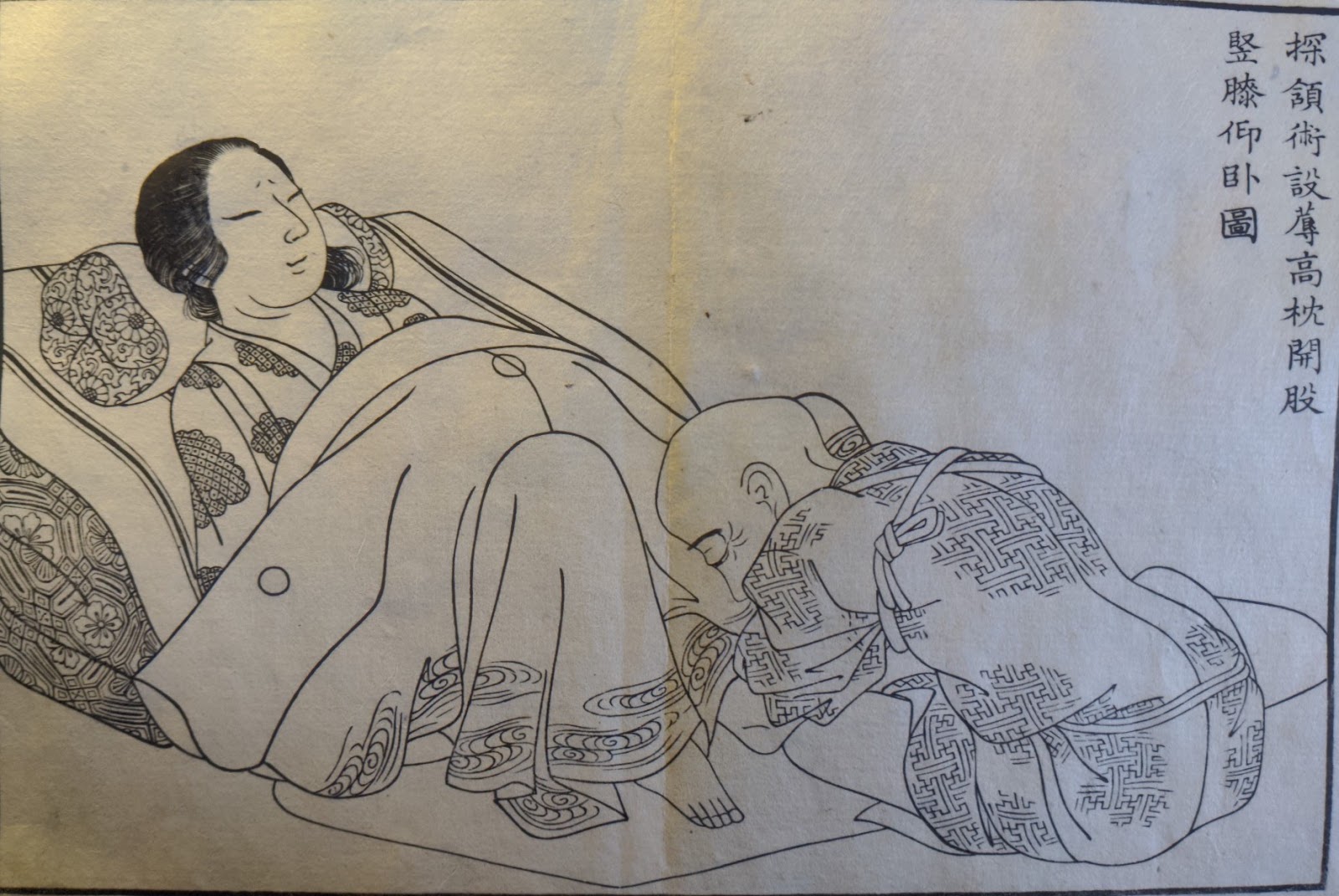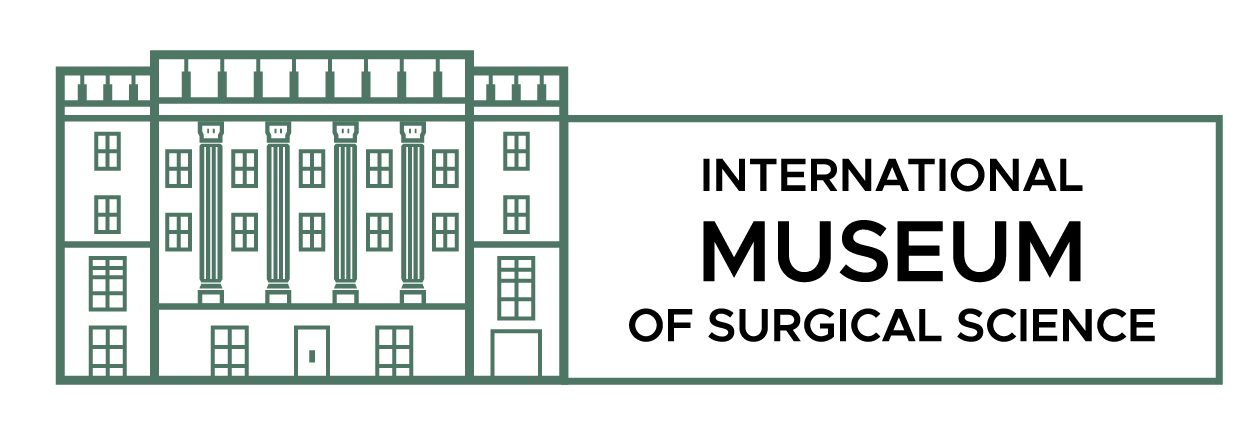Published by Erin Newton
Japanese historians commonly refer to the years between 1603 and 1867 as the Tokugawa Period, named for the Tokugawa Shogun whose family ruled the country during this time. It is widely considered one of the most politically stable periods in Japanese history, during which time the economy grew steadily and the population boomed, but Japan remained largely cut off from the rest of the world due to a restriction in trade and international relations. Towards the end of this period, however, and particularly in the 19th century, Japan experienced widespread political and social upheaval and unrest. Change was sweeping the nation, fueled by internal frustrations of the samurai class and increased awareness of and trade with Europe and the Americas. [1]
The field of medicine was not immune to these changes. Despite the fact that the Japanese government strictly controlled contact with the world outside the island and only permitted trade with the Netherlands and China, knowledge about the outside world was slowly making its way into the country. Medical and scientific texts brought into the country by Dutch traders added new knowledge about vaccination, surgical procedures, and the medicine that was being performed throughout Europe. Highly educated and knowledgeable Japanese physicians worked, sometimes in secret and under penalty of death, to translate and learn from these texts, bringing western-style medical practice into contact with existing understandings of the body. This changed not only how medicine was practiced, but also the very definitions of what fell under the purview of medicine—right down to the process of birth.
In Japan in the 1830s, much like in the rest of the world at the time, women traditionally gave birth at home with the aid of close female relatives and occasionally midwives.[2] There was no such thing as a hospital, and any physicians that existed would have been men, who were typically considered unfit to perform the delicate and dirty work that was bringing a child into the world. Yet medicine was also a scholarly pursuit, one in which men, and in particular moderately wealthy men, could find stable employment and purpose. Thanks to the increased numbers of medical texts entering the country, scholars of so-called “Dutch studies” began to change their medical practices to more closely align themselves with physicians in Europe and the Americas, which included the auspices of birthing medicine, or obstetrics, into their realm of expertise.

One aspect in which we can most clearly see this type of change is in Yoshihiro Mihara’s text, Sanka tangan zuketsu (An Illustrated Treatise on the Obstetrical Use of Traction Handles, 1837). Written and overseen by Yoshihiro, who was an obstetrics physician and writer of Japanese obstetrics textbooks, this book is meant to be used as a reference text for physicians who are unfamiliar with the technology of traction handles—devices made out of whale bone that can be used to rotate, manipulate, or help remove the fetus from the womb. These tools were deceptively simple and could be combined or used in a variety of ways, which Yoshihiro describes in the initial pages of the book. He shows how the holes in the whalebone are threaded with a thick fiber that can be wrapped through the holes to make different configurations. By inserting these tools into the uterus and wrapping them loosely around the appendages of the fetus, the physician can then use his hands to help guide the infant body within reach.


Considering that this is a book on childbirth—a process that both by necessity and tradition revolves around women—there are almost no full pictures of women in this text. With the exception of a few images intended to show the ideal positioning of the woman during the procedures, whole female bodies are conspicuously lacking. The female body is instead depicted primarily as a container for the fetus. Her face and clothes are missing, yet her breasts and uterus are both shown, asserting that even without a complete image this is clearly a reproductive body. In comparison, the physician is more often shown almost whole, a wielder of tools and the medical knowledge of proper obstetric procedures. When he is not drawn fully in the image, the focus is instead on his arms and their strong musculature, using the tools with confidence while in the uterus (made translucent for our viewing) the fetus sleeps. With his whalebone instruments, the physician can manipulate the fetus, repositioning it in the case of a breech or maneuvering the fetus into place to allow for a quick birth in case of complications from preeclampsia–a complication of pregnancy characterized by high blood pressure and signs of damage to another organ system, most often the liver and kidneys. [3] These tools, and the knowledge of how to use them, demonstrate that the physician, not the pregnant woman and not a midwife, has proper mastery over the process of birth.

It should be noted that it was not Yoshihiro’s intent to move childbirth from homes, nor was it his intent to make male physicians the primary agents in this natural process. “It is the physician’s job to intervene in births such as these. If the birth is not complicated, then it is better for the mother to rest at home.”[4] At the same time, Yoshihiro’s assertions were made on the basis of a gendered division of birth, one that prioritized the academic learning of male physicians over midwives whose training was based on a wealth of experience. Yoshihiro believed, as did many men of his time, that true medicine was about knowledge rather than practice and that the true physician was one who both understood how human bodies worked as well as knew how to treat them. Midwives, who understood only the practice of routine births, did not and could not understand the human body and were thus unqualified to use the tools Yoshihiro describes. In other words, in most normal circumstances medicine and childbirth had no business with one another, and when not required, the delicate, dirty work should remain in the hands of women.
Despite the picture of medical intervention birth that this text provides, it would be years before childbirth came under the jurisdiction of physicians such as Yoshihiro. However, within a few decades of the publication of Sanka tangan zuketsu, the Japanese government began to control the regulation and licensing of midwives, standardizing their training and ensuring (at least from the perspective of the state) that they could assist in childbirth procedures. By the end of the 1800s, even midwives would have known how to use these and other, newer medical instruments in order to help bring babies safely into the world. [5] Thanks to these tools, as well as increased knowledge on the causes of complications in childbirth and the nature of germs and hygienic practices, home-births were widely considered to be safer than births among strangers in hospitals. This move helped medicalize childbirth under the control of women, creating a field in which women were not only the primary performers of medical treatment but also the primary receivers of that treatment. In this way, birth remained in the hands of many of the same women whose bodies performed the labor of childbearing, and it remained the domain of midwives until after the end of World War II.
**The names in presented in this blogpost follow Japanese naming conventions, which give the family name followed by the given name.
Works Cited:
- For more information on the Tokugawa (sometimes called Edo) period, see https://www.britannica.com/event/Tokugawa-period
- Aya Homei, “Birth Attendants in Meiji Japan : The Rise of a Medical Birth Model and the New Division of Labour,” Les Sages-Femme Dans Le Japon de l’ère Meiji : La Médicalisation Des Naissances et La Nouvelle Division Du Travail (French) 19, no. 3 (cover date 2006): 409.
- For more information about preeclampsia see https://www.mayoclinic.org/diseases-conditions/preeclampsia/symptoms-causes/syc-20355745
- Yoshihiro Mihara, Sanka tangan zuketsu (An Illustrated Treatise on the Obstetrical Use of Traction Handles), 1837.
- Mikako Sawayama and Elizabeth A. Leicester, “The ‘Birthing Body’ and the Regulation of Conception and Childbirth in the Edo Period,” U.S.-Japan Women’s Journal, no. 24 (2003): 10.
Erin M. Newton is a current Library Collections Intern at the International Museum of Surgical Science. She is a Ph.D. Candidate in History at the University of Chicago and is preparing to go to Japan to do research for her dissertation, which examines the medicalization of touch in Japanese nursing throughout the twentieth century. She is also interested in gender and narrating the histories of women in medicine.


